Sparkling: Kao Ya-Ting’s Landscape Paintings
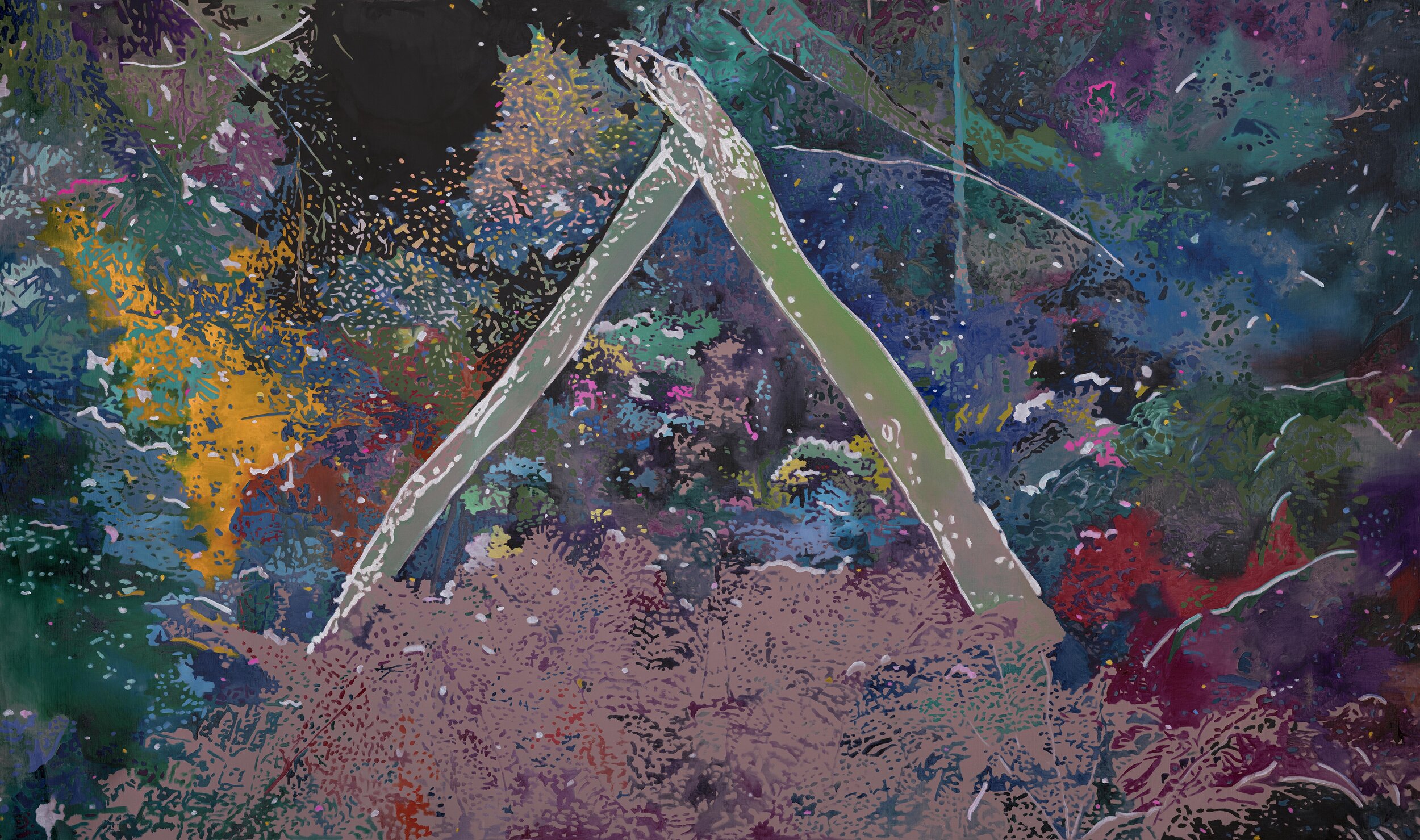
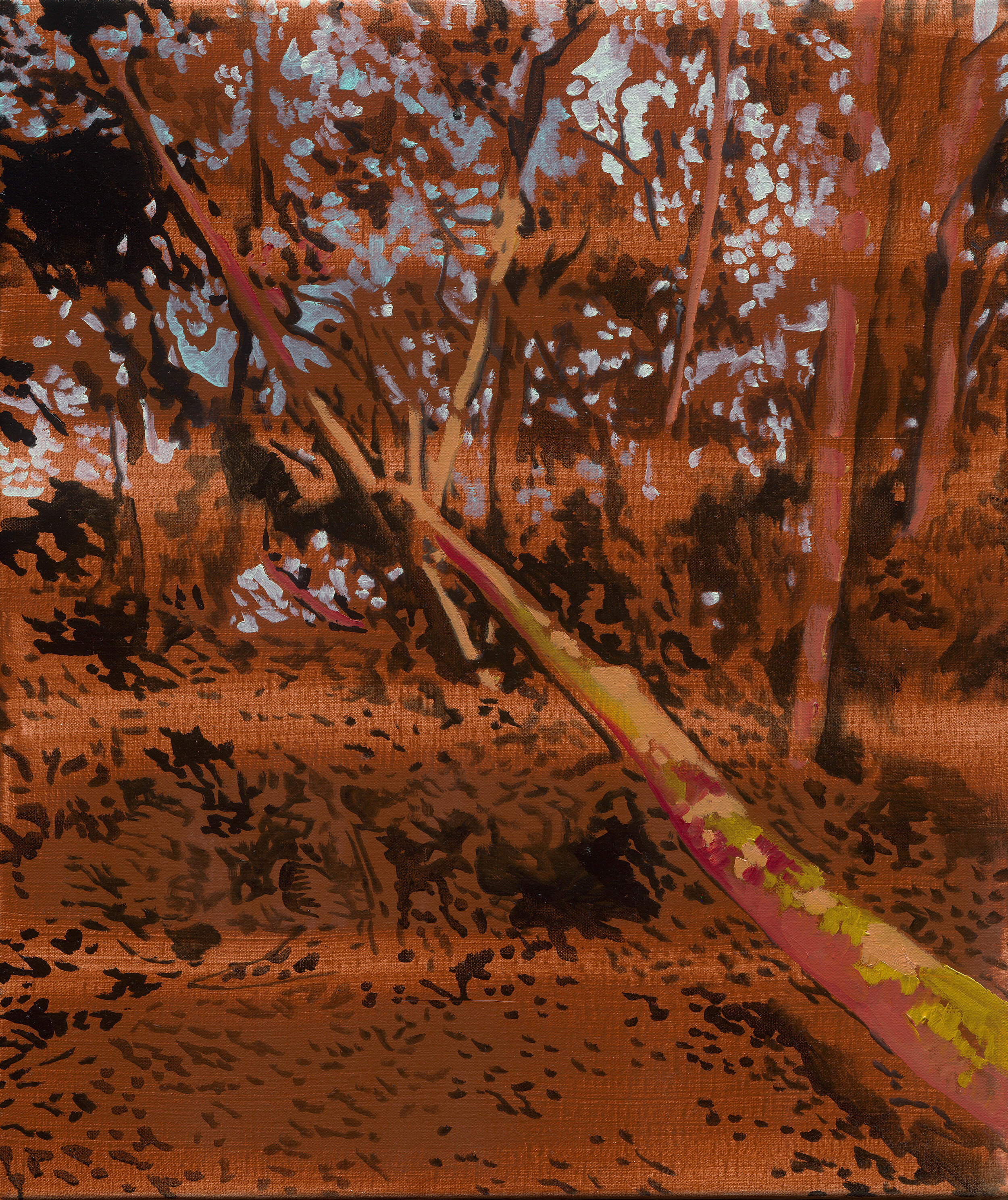
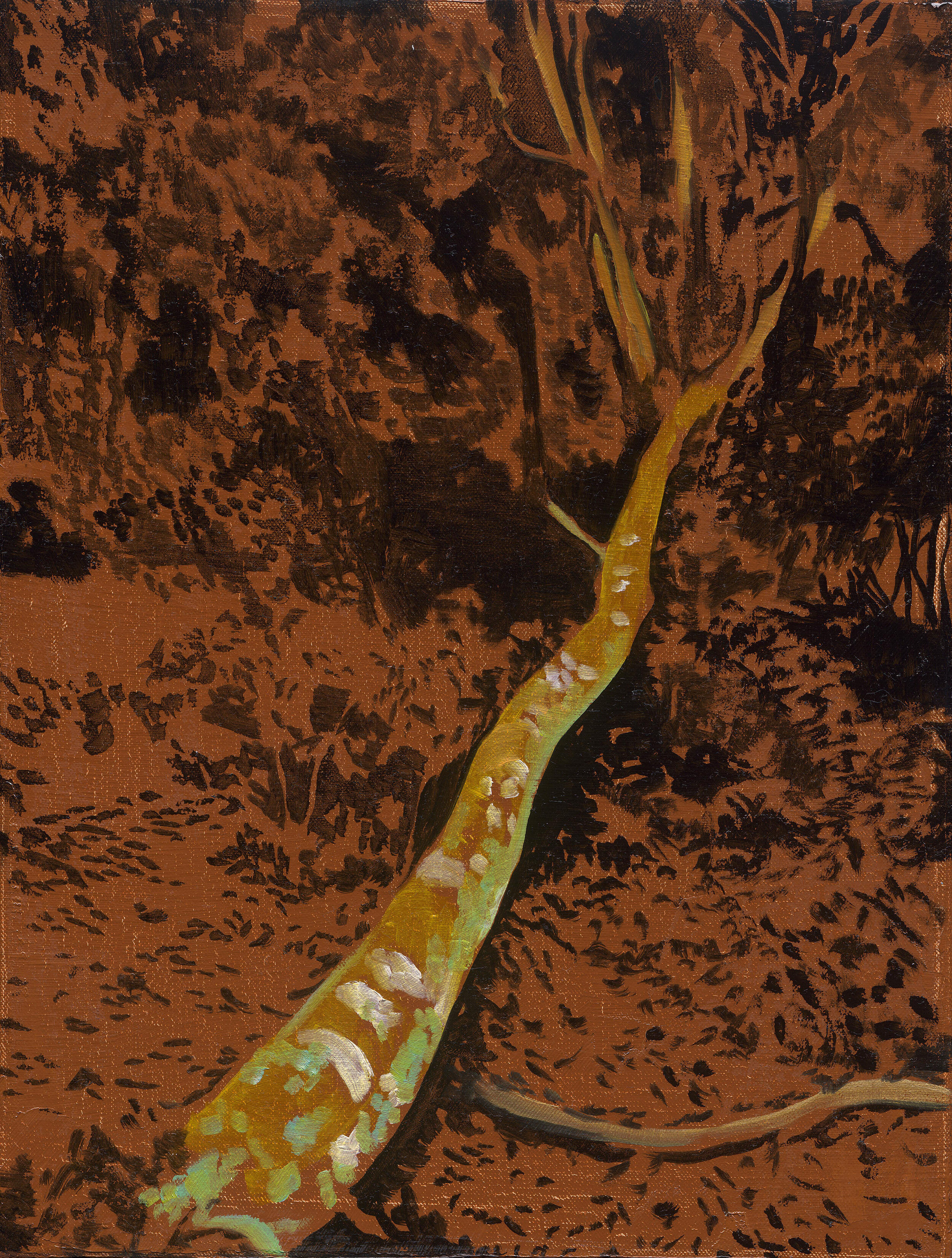
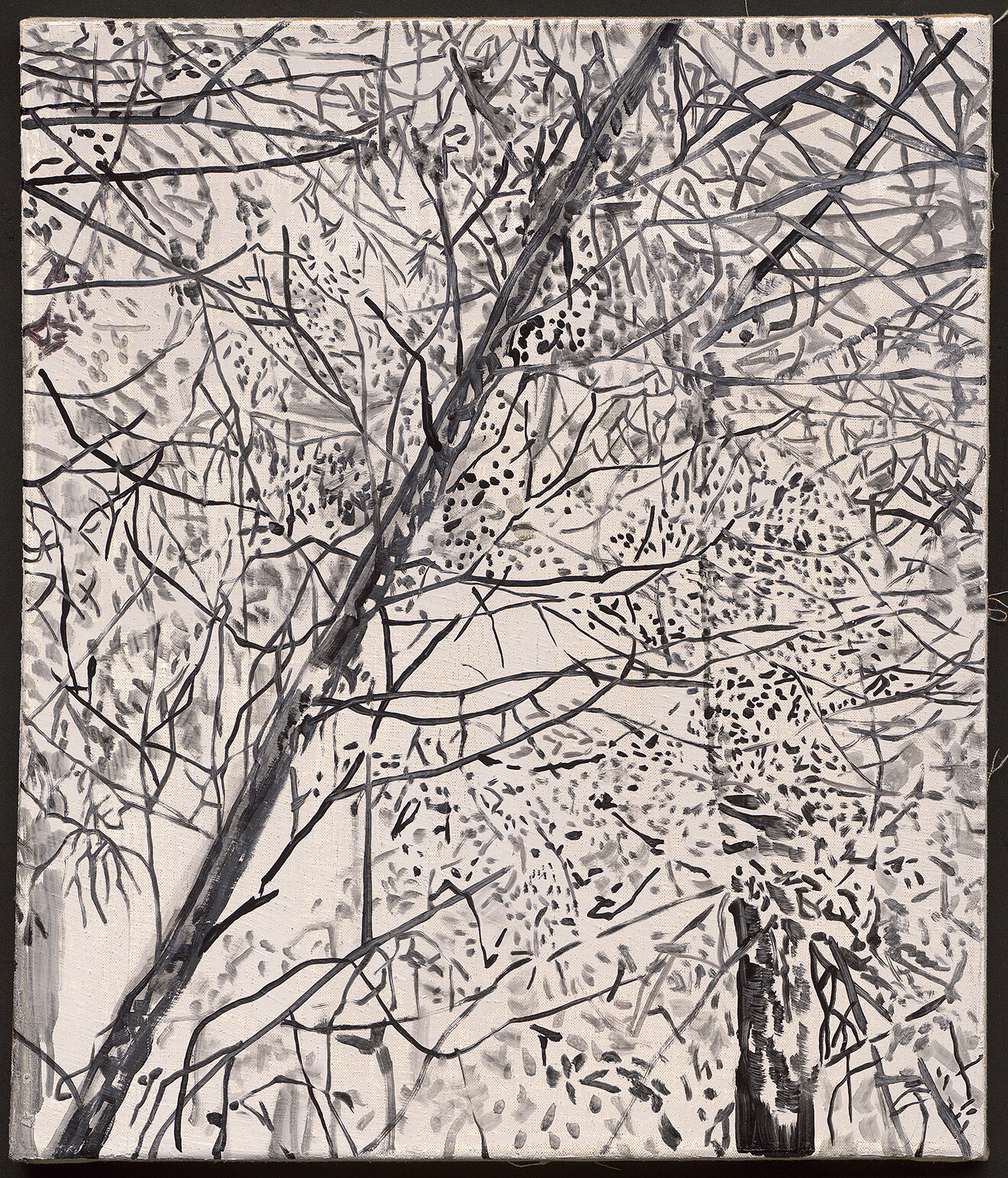
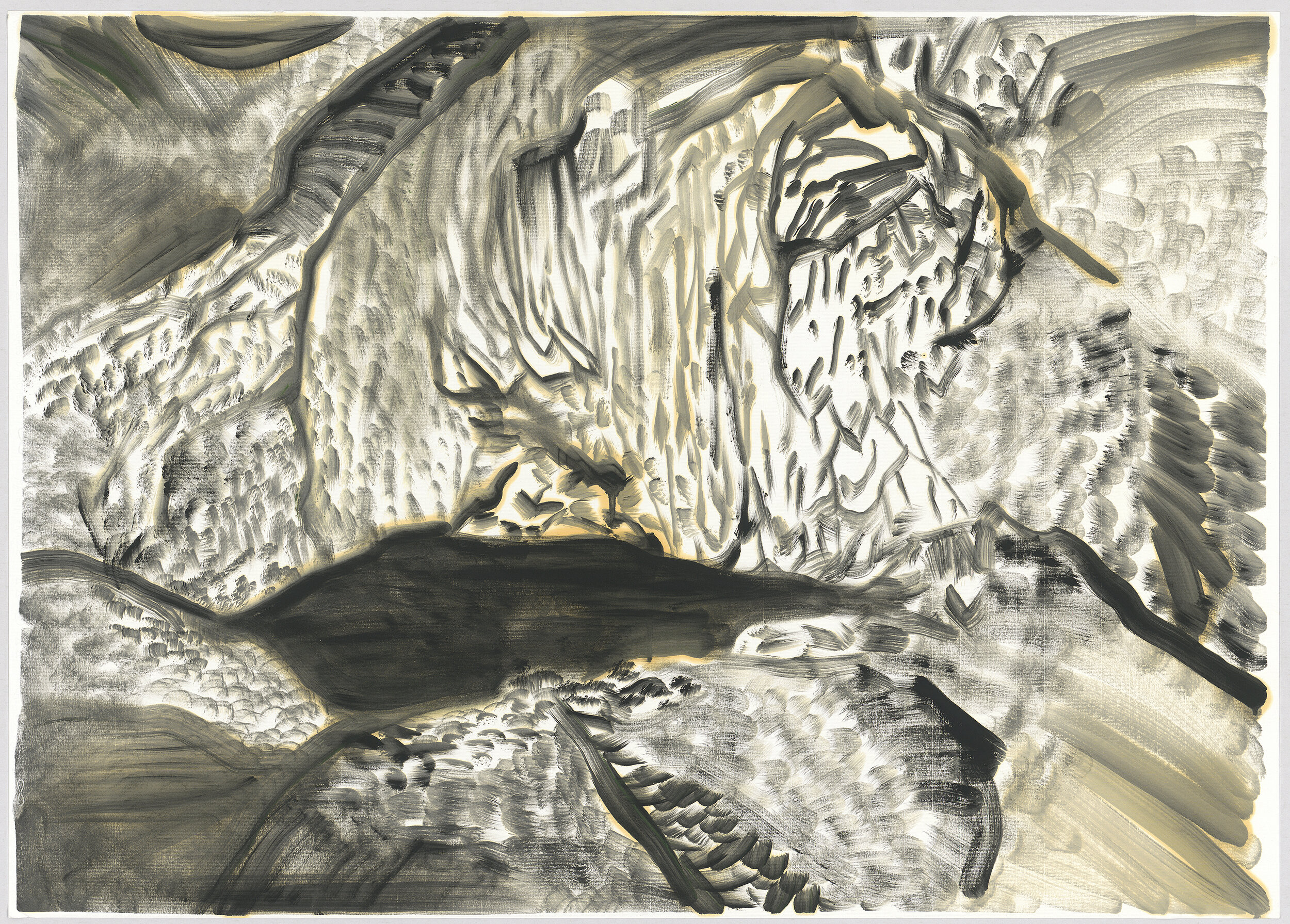
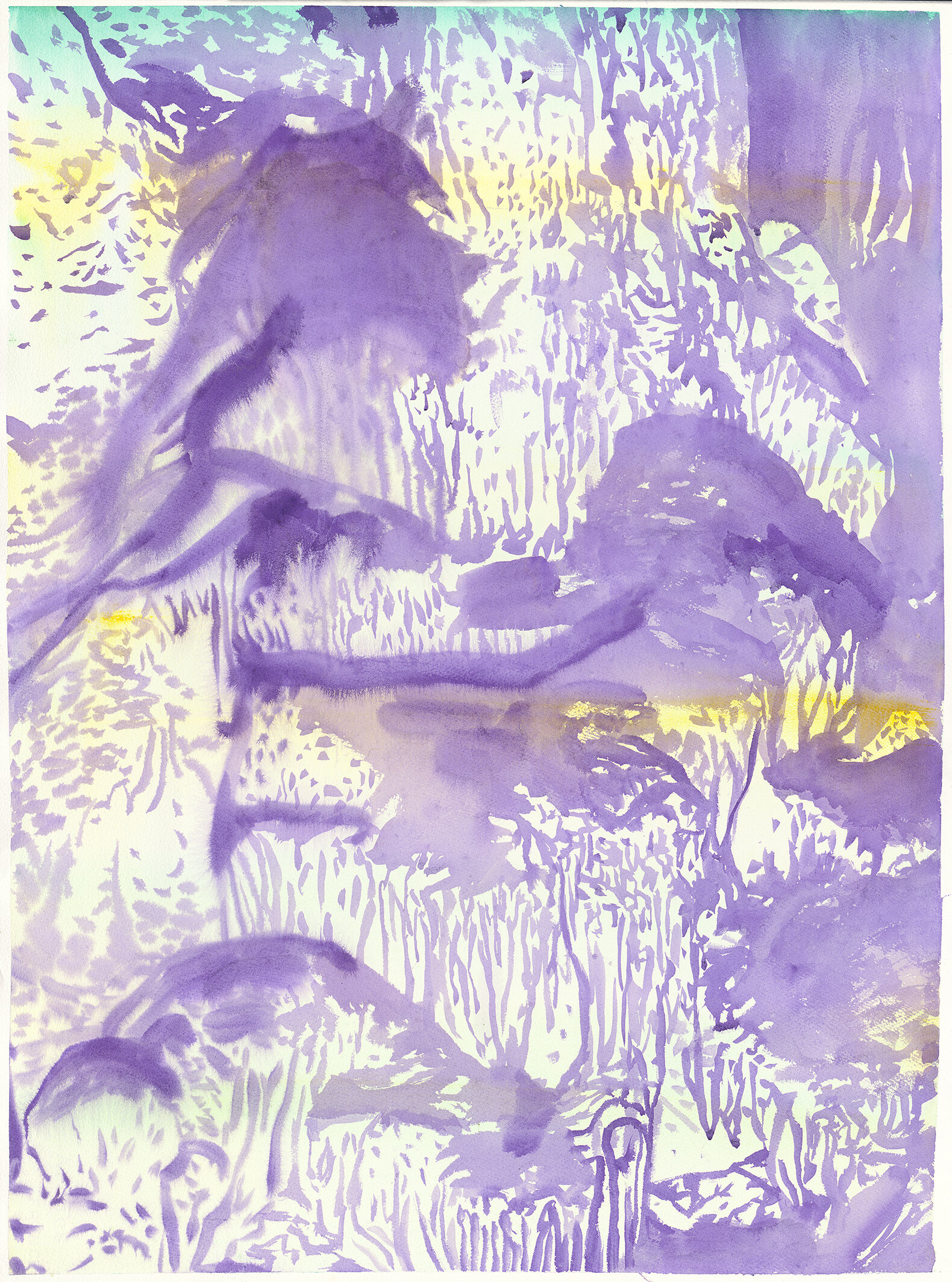
Landscapes in Taiwan are the first painting theme of Kao Ya-Ting. Admiring the mountain at the seaside of Taitung Edoulan, she keeps inquiring herself: how to represent its majesty? Yearning for the solution, Kao Ya-Ting refers to the classical Chinese landscape painting “Mountain and Brook Traveler Picture,” absorbing old master’s technique, in order to portray the richness of the mountain’s texture. Still, she is aware that the technique emphasizing force and intensity may ignore the spirit of ease in Chinese culture. How to resolve the dilemma? The answer came upon her when she appreciated “Mountain and Brook Traveler Picture” online. The landscape of Yosemite accidentally overlapped with the mountain peak of the classical Chinese painting. This impressive visual experience touched her at one and became one of her inspirations: she integrates the gameplay elements of collage into her artworks .
Art without boundary: the splice of Occidental and Oriental Art
Art historian Ernst Gombrich views art history as an endless dialogue between new artists and old masters, in which the later enlightens, nourishes, stimulates the former; the former inverses, re-invents, and re-innovates the former. According to him, in different epoch, different demands, different quests would generate different arts, different thoughts, different presentative styles, just as the question Kao Ya-Ting frequently poses to herself: how to create a new artwork while applying the classic? What kinds of painting can respond to contemporary digital experiences without losing its specific cultural context? For her, the raison d’être of a contemporary painting lies in the way in which it embodies the whole cultural depth from the departure of an artist’s personal experiences and Zeitgeist. “Artists respond to the works they admire and resolve their problems by creations.” states Kao Ya-Ting. Just as Van Gogh learned from Ukiyo-e while emancipated his enflamed passion through still life, Kao Ya-Ting combines parts of classical Chinese landscape painting masterpieces with the scene before her eyes, whereas the bright brushes of Impressionism create the intertextuality between the Orient and Occident, the ancient and contemporary, the realistic and imaginary.
Nonetheless, every collage, in Kao Ya-Ting’s eyes, every splice and technique are merely means to the ultimate goal, namely, painting itself. “Each work in this exhibition responds to my reflection on paintings.” she says. The deepest yearning of her is to convey the stunning moment at which the nature touches her.
Reality, Imagination, Contemplation
“Creating, to me, is a belief.” said she, “Not only does it reflect life, but means to tackle problems with imagination.” On top of responses to the classic, her art conveys the contemplation on social issues. In “Spider Silk 5,” the branches and spider silk intertwined give the tone sumptuous while dilapidated, as a metaphor of humans’ state far from nature. It also reminds us of Net and provokes us to ponder on the relation between men, Net and nature. Is it a gift to life, or is it a chain? Does technological advance get us closer to nature, or push us further away? In her works, nature is never merely a scene, but landscape with humanist cares. “I hope my works could have multiple contexts to spark viewers’ imagination.” To achieve it, she mixes the image of reality and imagination, the traditional verdure and bright Punk to create works with unlimited interpretative possibilities within a limited frame.
Artist

